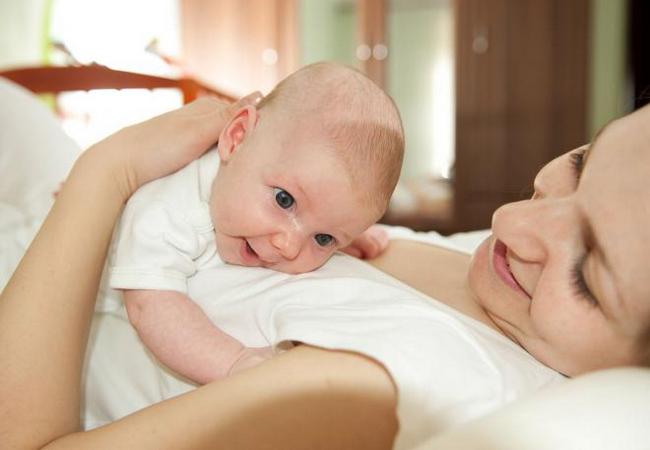Definition of Normal Puerperium:
Puerperium is the period following child birth during which the body tissues, specially the pelvic organs revert back approximately to the pre-pregnant state both anatomically and physiologically within approximately 6 weeks.

Duration and Division of Normal Puerperium:
Puerperium begins as soon as the placenta is expelled and lasts for approximately 6 weeks.
Division of Normnal Puerperium:
- Immediate: Within 24 hours,
- Early: Up to 7 days,
- Remote: Up to 6 weeks.
Parameters of Normal Puerperium:
- Pulse-Normal.
- Blood pressure-Normal.
- Temperature-Normal.
- Involution of uterus.
- Normal lochial discharge-
- Lochia rubra (red): 1-4 days
- Lochia serosa (Yellow): 5-9 days.
- Lochia alba (whitish): 10-15 days.
Investigations During Normal Puerperium:
- Pulse-Normal.
- Blood pressure-Normal
- Temperature-Normal
- Involution of uterus
- Normal lochial discharge-
- Lochia rubra (red): 1-4 days
- Lochia serosa (Yellow): 5-9 days.
- Lochia alba (whitish): 10-15 days.
Investigations:
- RM/E of urine,
- Blood for Hb%, RBS.
Management of Normal Puerperium Patient:
- The principles of management:
- To give all out attention (to restore the health status of mother).
- Prevention of infection.
- Care of the breasts (including promotion of lactation and nursing of the child).
- Motivate the mother for contraception.
Treatment:
1. Immediate attention -Close observation.
2. Rest and ambulance: Early ambulation is encouraged.
3. Hospital stay: For 24 -48 hours and 3 – 5 days in those who have perineal stitches.
4. Diet: High calories, adequate protein, fat, plenty of fluids, minerals and vitamins.
5. Care of the bladder – The patient is encouraged to pass urine following delivery as soon as convenient. If the patient still fails to pass urine catheterization should be done.
6. Care of the bowel -A diet containing sufficient roughage & fluids.
7. Sleep: The patient is in need of rest, bot physical & mental.
8. Care of the vulva & episiotomy wound:
- Shortly after delivery, the vulva & the buttocks are washed with soap water down over the anus & sterile pad is applied.
- The nurse should be used sterilized gloves during dressing.
9. Care of the breasts: The nipple should be washed with sterile water before each feeding and it should be cleaned & dry after feeding.
10. Maternal – infant bonding (rooming): This is manifested by fonding, kissing, cuddling and gazing at the infant.
11. Asepsis & antiseptics – (During the first week of puerperium):
- Liberal use of local antiseptics, aseptic measures during perineal wound dressing, use of clean, bed linen and clothing.
- Clean surroundings and limited numbers of visitors.
12. Immunization:
- Anti-D gamma globulin-if Rh. negative mother.
- Rubella vaccine-if indicated.
- Booster dose of tetanus toxoid-at the time of discharge.
13. Advice for family planning and contraception.
More questions related to this article:
- What is normal puerperium?
- What do you mean by normal puerperium?
- What is the duration of normal puerperium?
- How many divisions of normal puerperium?
- What are the parameters of normal puerperium?
- What are the investigations you have to do during normal puerperium?
- How do you manage a patient of normal puerperium?

Maria Khatun Mona is a Founder and Editor of Nursing Exercise Blog. She is a Nursing and Midwifery Expert. Currently she is working as a Registered Nurse at Evercare Hospital, Dhaka, Bangladesh. She has great passion in writing different articles on Nursing and Midwifery. Mail her at “maria.mona023@gmail.com”
